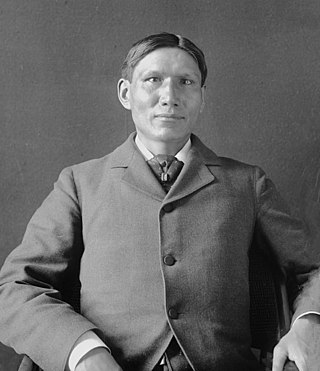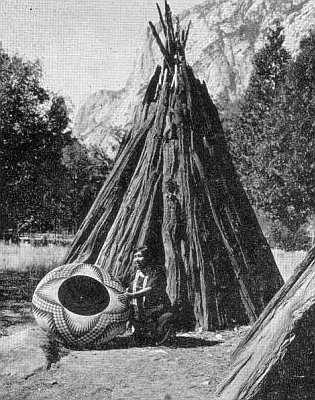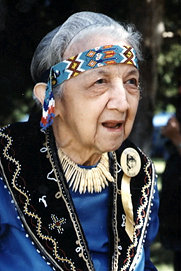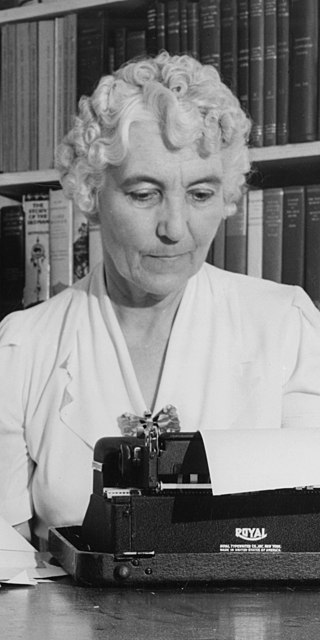
Beadwork is the art or craft of attaching beads to one another by stringing them onto a thread or thin wire with a sewing or beading needle or sewing them to cloth. Beads are produced in a diverse range of materials, shapes, and sizes, and vary by the kind of art produced. Most often, beadwork is a form of personal adornment, but it also commonly makes up other artworks.

Charles Alexander Eastman was an American physician, writer, and social reformer. He was the first Native American to be certified in Western medicine and was "one of the most prolific authors and speakers on Sioux ethnohistory and American Indian affairs" in the early 20th century.

Paper craft is a collection of crafts using paper or card as the primary artistic medium for the creation of two or three-dimensional objects. Paper and card stock lend themselves to a wide range of techniques and can be folded, curved, bent, cut, glued, molded, stitched, or layered. Papermaking by hand is also a paper craft.

Basket weaving is the process of weaving or sewing pliable materials into three-dimensional artifacts, such as baskets, mats, mesh bags or even furniture. Craftspeople and artists specialized in making baskets may be known as basket makers and basket weavers. Basket weaving is also a rural craft.

A hair drop is an ornament worn by men from Great Lakes and Plains tribes. It would be tied to the man's hair. The typical example consists of a quilled or beaded section on a strip of leather, which was later attached to an American buffalo tail. They could be over two feet long.

The Oglala are one of the seven subtribes of the Lakota people who, along with the Dakota, make up the Očhéthi Šakówiŋ. A majority of the Oglala live on the Pine Ridge Indian Reservation in South Dakota, the eighth-largest Native American reservation in the United States.

Gladys Iola Tantaquidgeon was a Mohegan medicine woman, anthropologist, author, tribal council member, and elder based in Connecticut.

The visual arts of the Indigenous peoples of the Americas encompasses the visual artistic practices of the Indigenous peoples of the Americas from ancient times to the present. These include works from South America and North America, which includes Central America and Greenland. The Siberian Yupiit, who have great cultural overlap with Native Alaskan Yupiit, are also included.

Alex Simeon Janvier, LL.D is a First Nation artist in Canada. As a member of the commonly referred to "Indian Group of Seven", Janvier is a pioneer of contemporary Canadian Aboriginal art in Canada.

Kelly Jean Church is a black ash basket maker, Woodlands style painter, birchbark biter, and educator.
Teri Greeves is a Native American beadwork artist, living in Santa Fe, New Mexico. She is enrolled in the Kiowa Indian Tribe of Oklahoma.

Ruth Murray Underhill was an American anthropologist. She was born in Ossining-on-the-Hudson, New York, and attended Vassar College, graduating in 1905 with a degree in Language and Literature. In 1907, she graduated from the London School of Economics and began travelling throughout Europe. During World War I, she worked for an Italian orphanage run by the Red Cross.

The Indian Arts and Crafts Board (IACB) is an agency within the United States Department of the Interior whose mission is to "promote the economic development of American Indians and Alaska Natives through the expansion of the Indian arts and crafts market." It was established by Congress in 1935. It is headquartered at the Main Interior Building in Washington, DC.
Ruth Castle is a New Zealand weaver. Her work has been exhibited widely and is held in a range of public New Zealand institutions.

Alice Blue Legs was a Lakota Sioux craftworker, notable for her quillwork. She received a 1985 National Heritage Fellowship from the National Endowment for the Arts and was a featured artist for the documentary film Lakota Quillwork—Art and Legend. Her work was seen in the epic film Dances with Wolves and exhibited in museums such as The Children's Museum of Indianapolis, the Heard Museum, the Sioux Indian Museum. Examples of her work are in the permanent collection of the Indian Arts and Crafts Board at the Washington, D. C. headquarters of the United States Department of the Interior and the Smithsonian's National Museum of the American Indian.
Emma E. Amiotte was an Oglala Lakota artist.

Vivien Risling Hailstone was a Yurok/Karok basketweaver, jewelry designer, activist and educator who led efforts to sustain traditional basket weaving patterns and techniques. Hailstone also had an impact on statewide policy for repatriation of Native American remains and returning to Native American names for parks through her involvement with the State of California Department of Parks and Recreation Commission.














